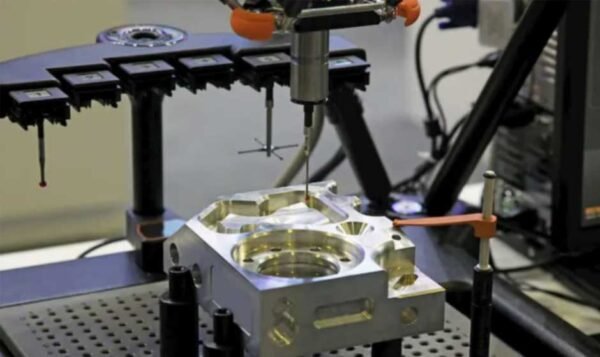Whipped Cream Chargers Safety Tips You Need to Know

Whipped cream chargers have become increasingly popular for creating fluffy and delicious whipped cream at home. While these small metal cylinders filled with nitrous oxide (N2O) offer a convenient way to enjoy homemade whipped cream, it’s essential to understand how whipped cream chargers work and follow safety guidelines to ensure a safe and enjoyable experience. In this blog post, we’ll delve into the workings of whip cream chargers and share important safety tips you need to know.
How Do Whipped Cream Chargers Work?
Whipped cream chargers are designed to work with whipped cream dispensers, also known as cream whippers or siphons. Here’s how they work:
Filling the Charger: These chargers are filled with food-grade nitrous oxide (N2O), which acts as a propellant to pressurize the contents of the whipped cream dispenser.
Pressurizing the Dispenser: When a whipped cream charger is punctured and released into the dispenser, the nitrous oxide gas pressurizes the cream or liquid inside, causing it to whip up into a light and fluffy texture.
Dispensing the Whipped Cream: Once the whipped cream is pressurized and ready, it can be dispensed from the whipped cream dispenser through a nozzle, allowing you to enjoy freshly whipped cream on demand.
Whipped Cream Chargers Safety Tips
Use Food-Grade Chargers: Always use food-grade whipped cream chargers that are intended for culinary use. Avoid using non-food-grade chargers, as they may contain impurities or contaminants that can affect the quality and safety of the whipped cream.
Follow Manufacturer’s Instructions: Always read and follow the manufacturer’s instructions for your whipped cream dispenser and chargers. This includes proper assembly, charging, and dispensing procedures to ensure safe and effective use.
Store Chargers Properly: Store whipped cream chargers in a cool, dry place away from direct sunlight and heat sources. Avoid storing them in humid or moist environments, as this can cause rust or deterioration of the chargers.
Don’t Overfill the Dispenser: When charging the whipped cream dispenser with a charger, avoid overfilling it to prevent excessive pressure buildup. Follow the recommended fill level indicated by the manufacturer to ensure safe operation.
Release Pressure Before Opening: Before opening the whipped cream dispenser or replacing the charger, always release the pressure by pressing the dispenser’s trigger or valve to avoid sudden bursts of gas or liquid.
Dispose of Used Chargers Properly: After using a whipped cream charger, dispose of it responsibly according to local regulations. Do not puncture or incinerate used chargers, as this can be hazardous.
Educate Yourself and Others: Educate yourself and others about the potential risks and dangers associated with whipped cream chargers and nitrous oxide inhalation. Always use chargers and dispensers for their intended culinary purposes and discourage recreational use.
Conclusion
Whipped cream chargers offer a convenient and efficient way to create homemade whipped cream for desserts, beverages, and more. By understanding how whipped cream chargers work and following these safety tips, you can ensure a safe and enjoyable experience every time you use them. Always prioritize safety, read and follow the manufacturer’s instructions, store chargers properly, release pressure before opening, dispose of used chargers responsibly, and educate yourself and others about the potential risks associated with whipped cream chargers and nitrous oxide inhalation.
With these safety tips in mind, you can confidently use whipped cream chargers to elevate your culinary creations and enjoy delicious whipped cream whenever you want.



